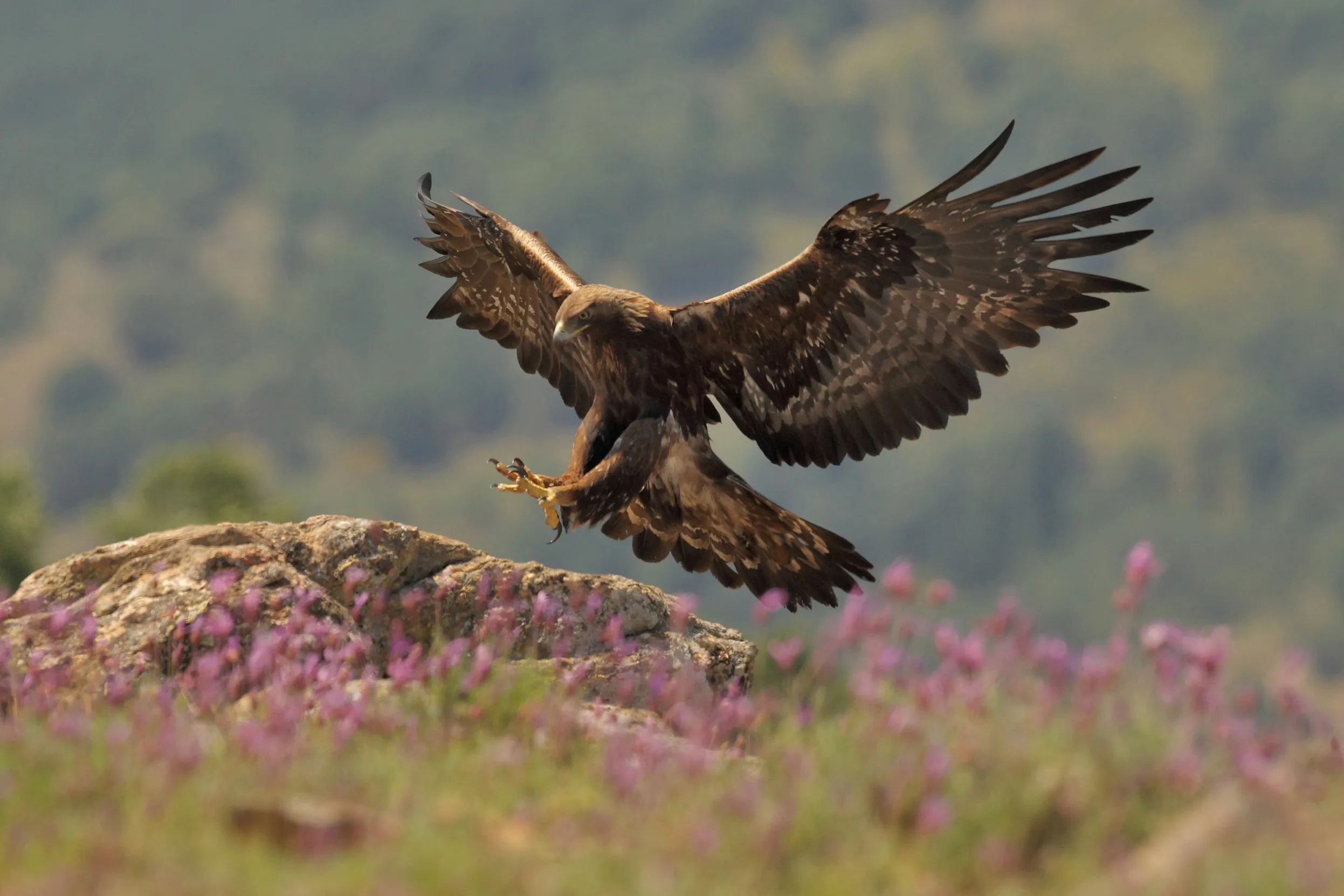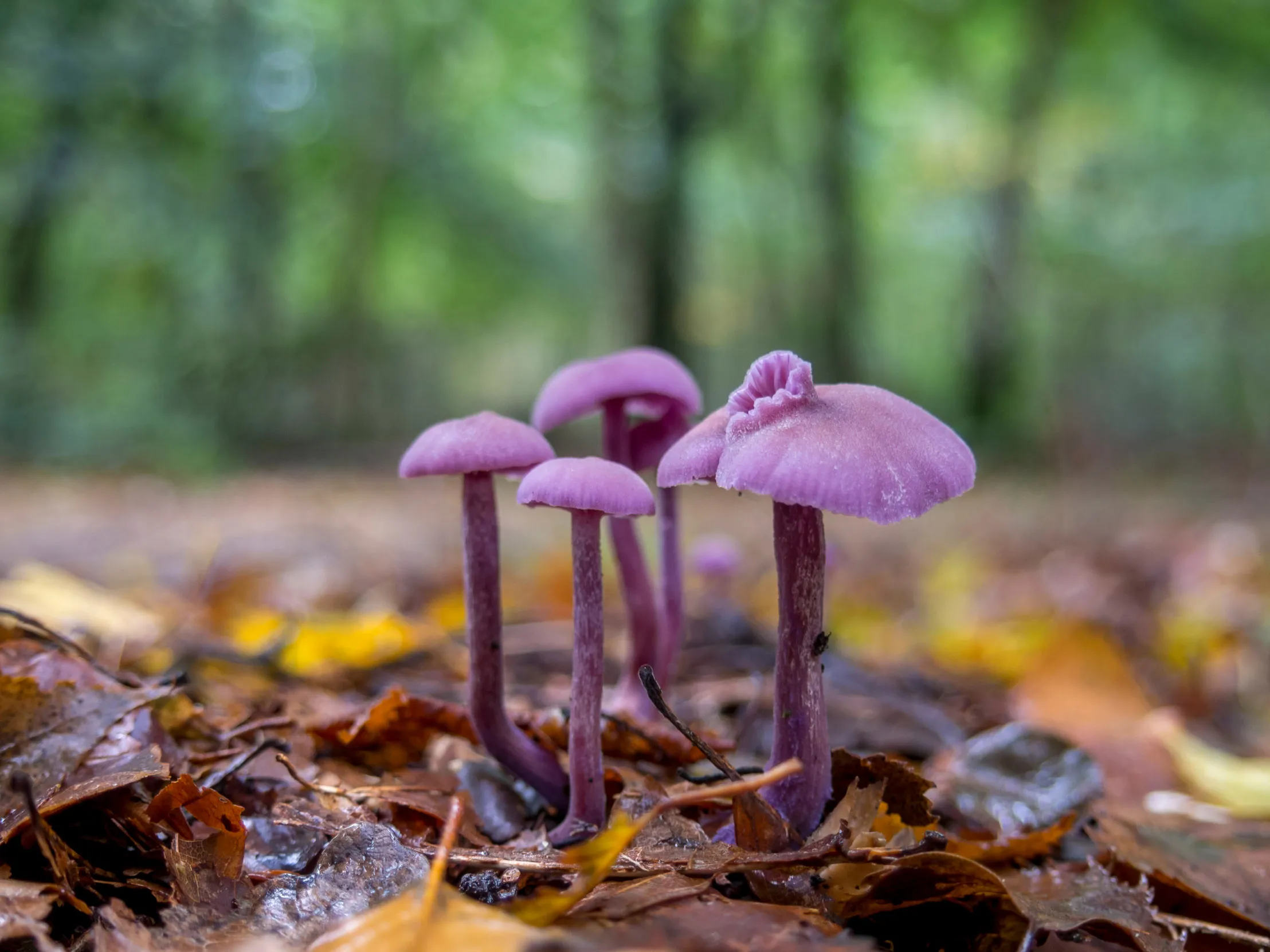Wild Isles
Boxing hares, hunting orcas, and masquerading caterpillars. Wild Isles is the landmark BBC TV series, co-produced by the RSPB, WWF and The Open University. Join Sir David Attenborough as he explores the UK’s wild places like never before.
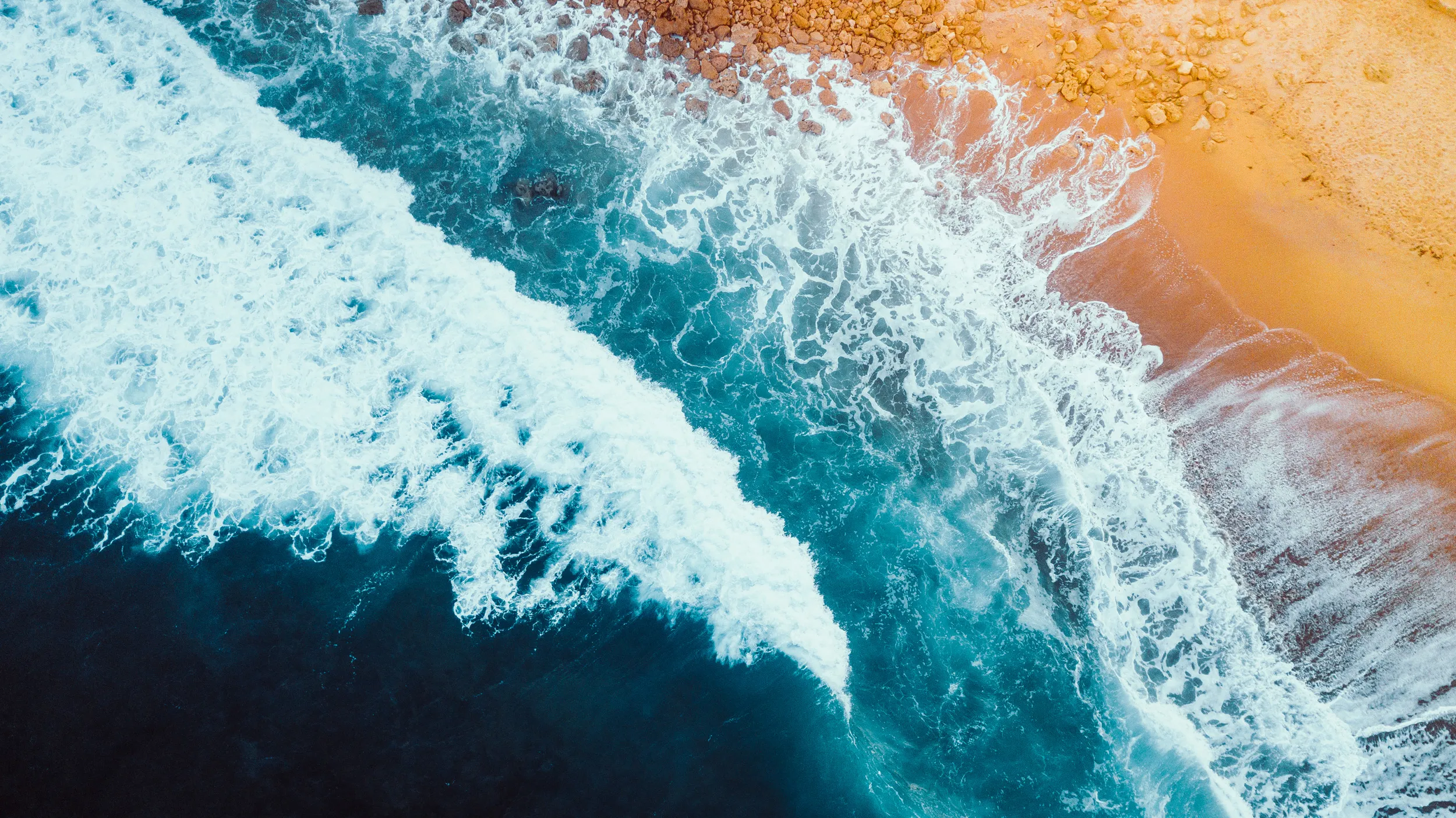
On this page
When you think of British wildlife, what comes to mind? Maybe Red Foxes, feisty Robins, secretive Hedgehogs and Badgers, perhaps the odd city-dwelling pigeon or stubborn garden slug? But what about Orcas, Golden Eagles and seahorses? In fact, all these creatures are part of the dazzling array of wildlife that calls our islands home.
BBC’s Wild Isles is here to welcome you to the wonders of nature that are right here on your doorstep. Narrated by Sir David Attenborough and created by the people behind the Blue Planet documentaries, you can expect a visual feast of breathtaking shots and scenery. Journey to snow-capped Scottish mountains and wild Atlantic coastlines, marvel at giants of the skies and seas, and zoom in on enigmatic insects and fungi.
As well as highlighting the beauty of our wild landscapes, Wild Isles also shows how increasingly fragmented and fragile they have become, and what we need to do to protect them. Co-produced by the RSPB, WWF and The Open University, much of the footage was filmed on our very own RSPB nature reserves.
Sneak a peek at Wild Isles...
Produced by Silverback Films and filmed over three years, the BBC TV series is a unique collaboration between the RSPB, WWF and The Open University, bringing you closer to the extraordinary nature in the UK and Ireland. Get ready for drama, beauty and spectacle.
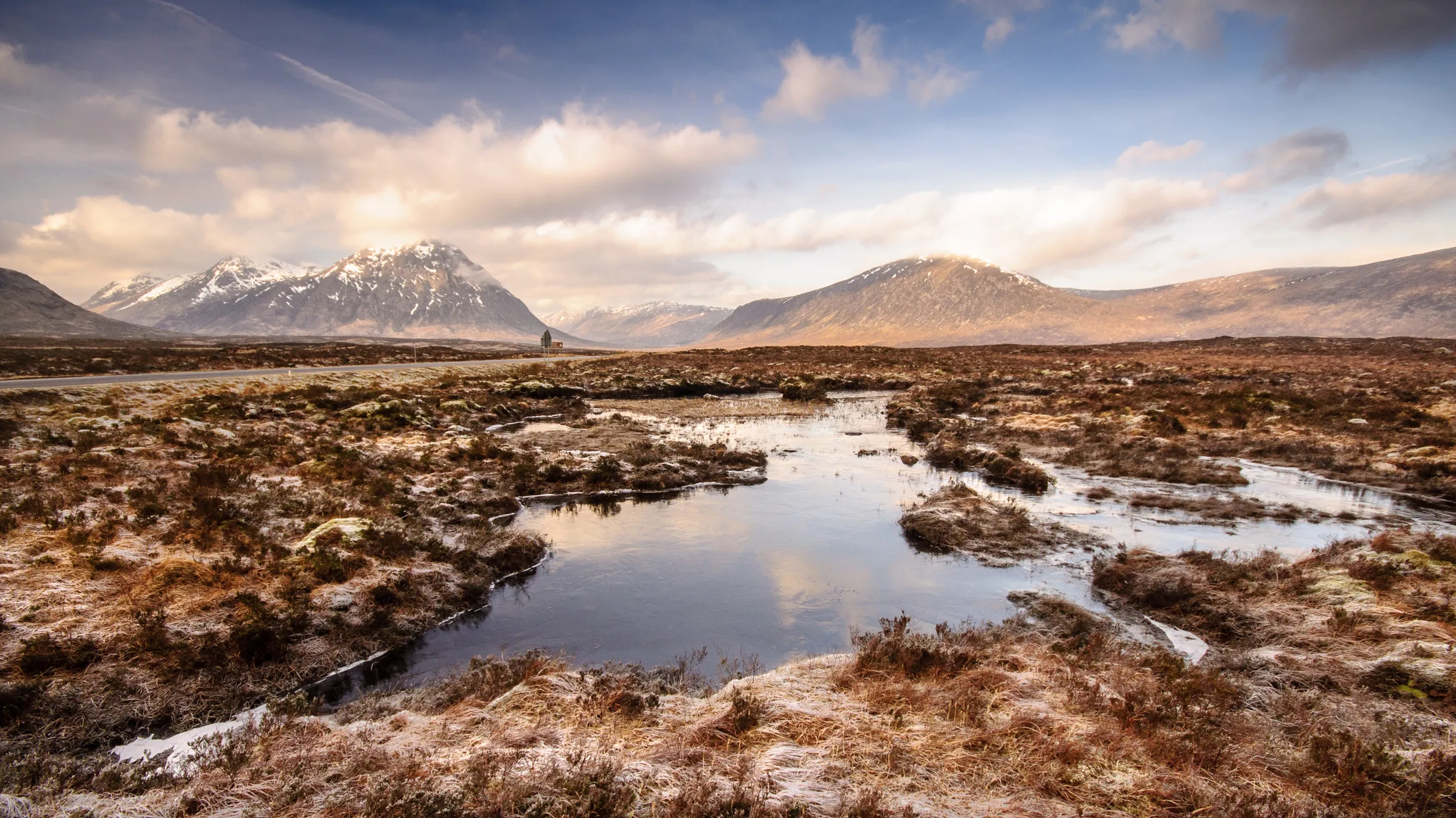
How to watch Wild Isles
Are you ready to experience the wonder of our Wild Isles? Watch every episode on iPlayer
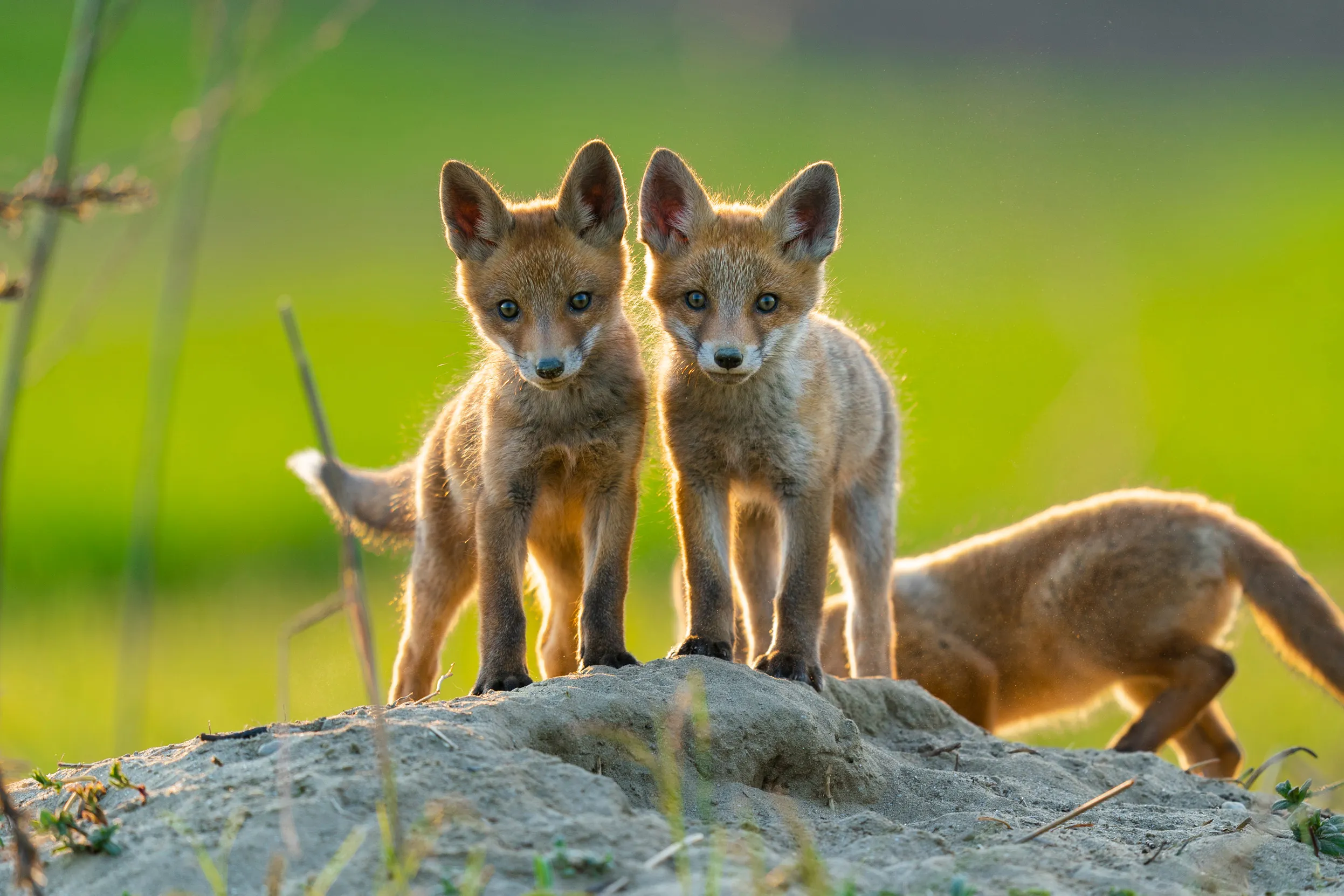
What is Wild Isles about?
Catch up on the breath-taking UK nature series, Wild Isles.
Episode 1
The first episode explores just why the UK has such an incredible diversity of wildlife. It turns out it's all down to our rocks – we have some of the most diverse geology in the world (think limestone pavements and volcanic basalt columns) – and our weather, which ranges from subtropical in the south to near-Arctic in the north.
All this means a unique mix of creatures have found their niche here. Watch a colourful, clown-like band of Puffins defend their precious catch on rocky and remote Farne Islands, follow Killer Whales on a high-speed hunt for seals, and discover the secret world of bumblebees.

Episode 2
Episode two is all about woodlands, how they work and the wildlife that can be found among the trees. Learn more about some living legends – the ancient oaks that have been standing for hundreds of years and supporting thousands of species.
Scamper along with Red Squirrels searching for pine cone snacks, and even meet a pair of amorous slugs. The episode takes you from the heights of the tree canopy, where two eagle chicks at the top of an old Scots Pine are about to take the leap of a lifetime, to the forest floor, where fungi unfurl from under fallen autumn leaves.
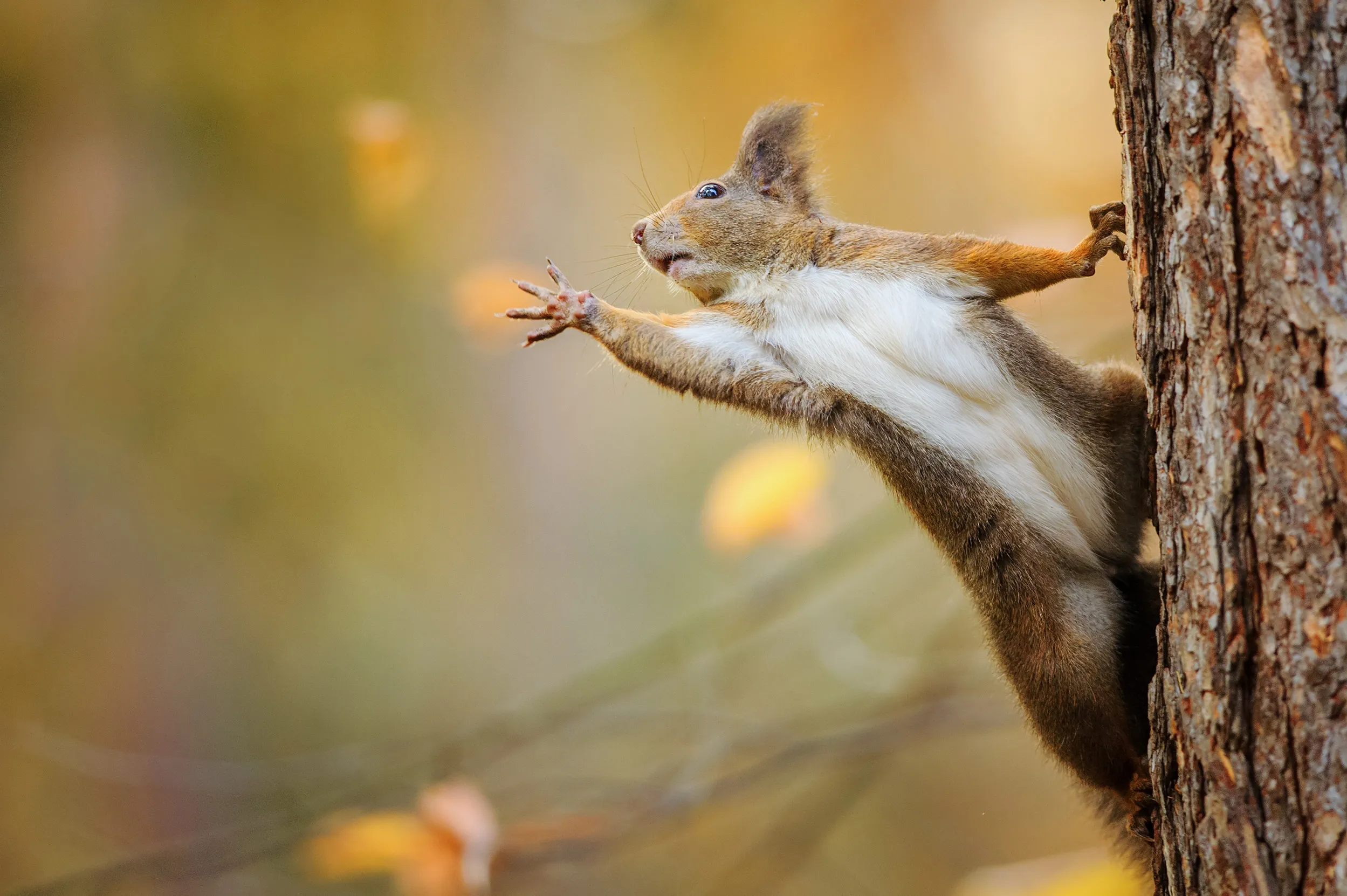
Episode 3
In episode three, Wild Isles gets to grips with grasslands. A refuge for an array of wildlife, these dynamic habitats have mostly been converted to farmland. The episode transports you back to the days when the UK was covered in meadows that hummed with life.
Fast forward to now, and semi wild horses are helping restore the landscapes we’ve lost. Hide out in the Hebridean machair (a Gaelic word for grassland) with Ringed Plovers and Lapwings fighting to protect their chicks from gulls, check out the formidable hunting skills of Golden Eagles on Islay, and get a close-up look at how Mining Bees find new homes in the most unexpected places.
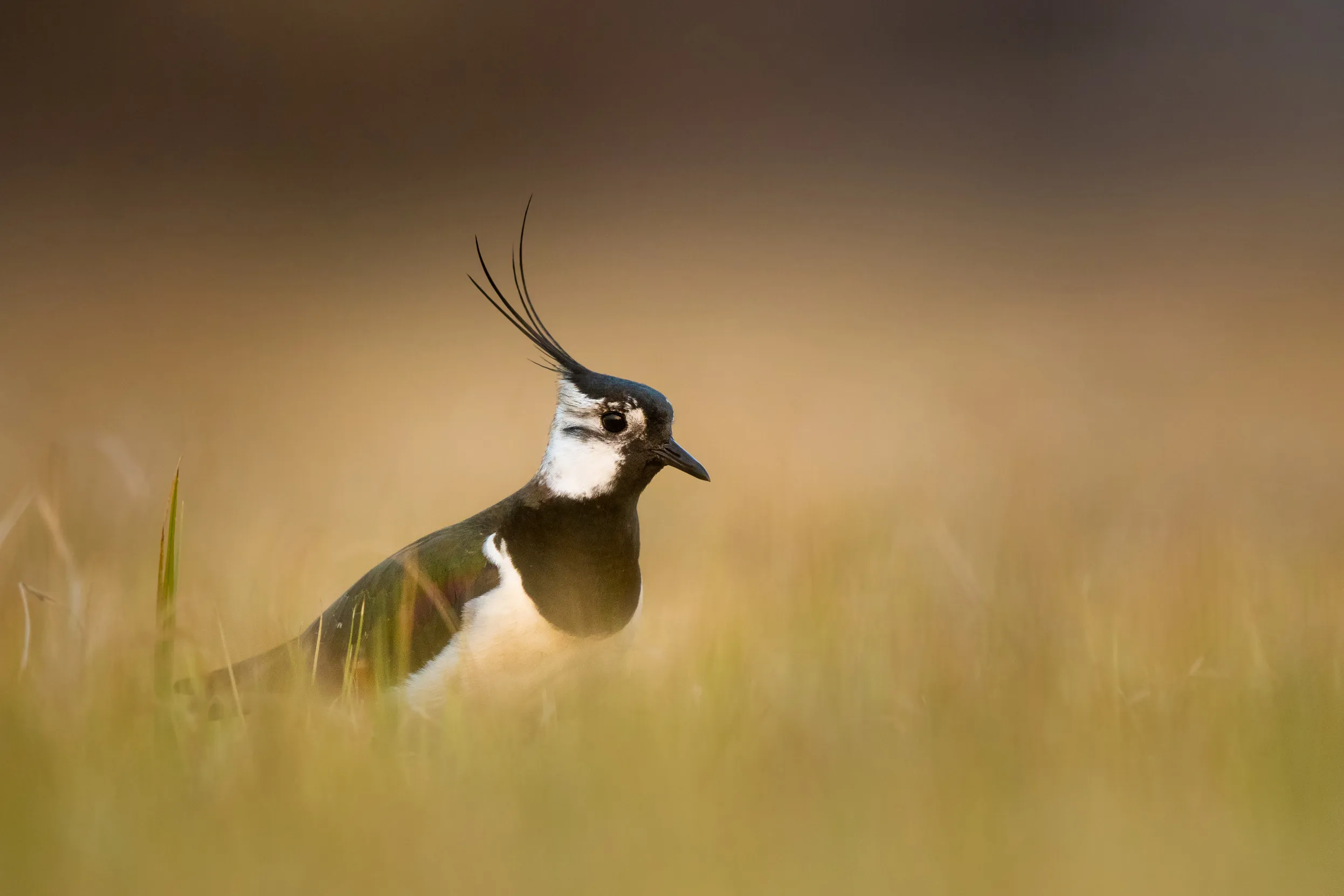
Episode 4
Freshwater is the lifeblood of our landscapes and episode four invites you to trace its journey from upland streams all the way down to the sea.
Along the way, encounter Atlantic Salmon battling waterfalls to reach their breeding grounds and check in with Eurasian Beavers working hard on their dams (and helping restore our rivers). Soar beside speedy Hobby Falcons as they zip after dragonflies and keep a watchful eye for surface-skimming Daubeton’s Bats and tens of migrating toads as night falls.
Down at the estuary, join overwintering wading birds searching for snacks in the mud, but look out for Peregrine Falcons who send the crowds flapping away in fright.
.jpg)
Episode 5
This episode is all about the wilderness beneath the waves, exploring our oceans and the hidden depths of the marine life that calls it home.
Head to the shallows to marvel at the graceful mating dance of the seahorse, venture deeper to see the waters sparkle with bioluminescent algae, or sink down to the seafloor where thousands of Spider Crabs march together and Otters dive in search of prey.
Even on shore there are sights to see, with female Grey Seals giving birth to pups while males battle it out for control of the beach.
Watch out for the Corryvreckan whirlpool off Scotland’s west coast. The swirling seawater churns up nutrients that feed Zooplankton. In turn, these tiny creatures are eaten by an unexpectedly large fish – a double-decker-sized Basking Shark.
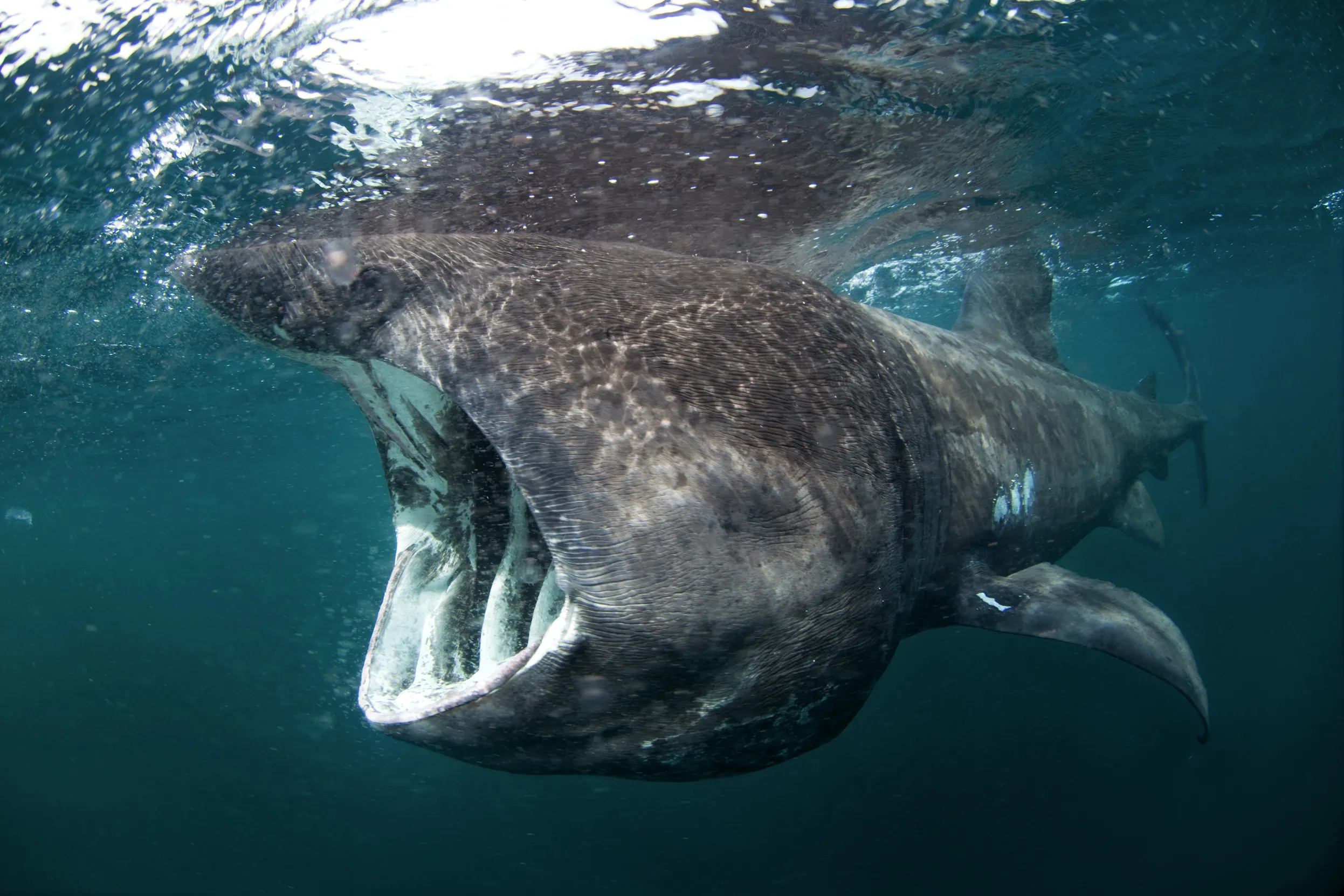
Saving our Wild Isles
Wild Isles is an eye-opening look at the wealth of wildlife we’re lucky to have in the UK. But sadly, the same landscapes and creatures that surprise and delight in the series are under threat.
Nature is in crisis and the UK is no exception – we’re one of the most nature-depleted countries in the world. But we all need stories of hope in a time of crisis.
Saving Our Wild Isles is a special documentary commissioned by the RSPB, WWF and the National Trust. It focuses on the people working hard to save nature around the UK and how they’re making a real difference to our wildlife.
